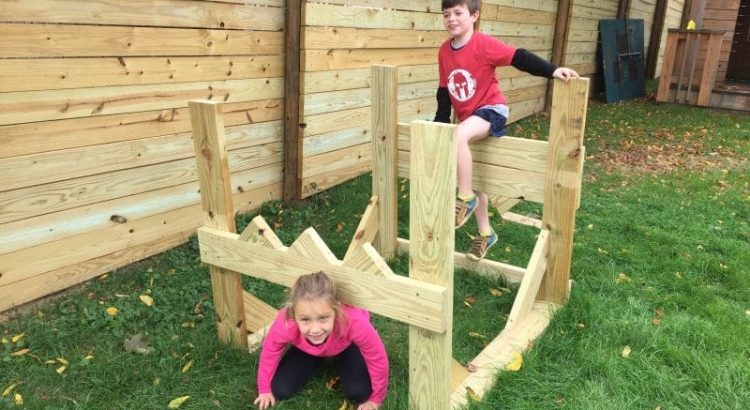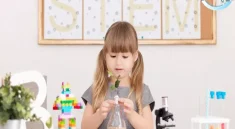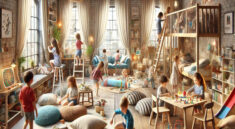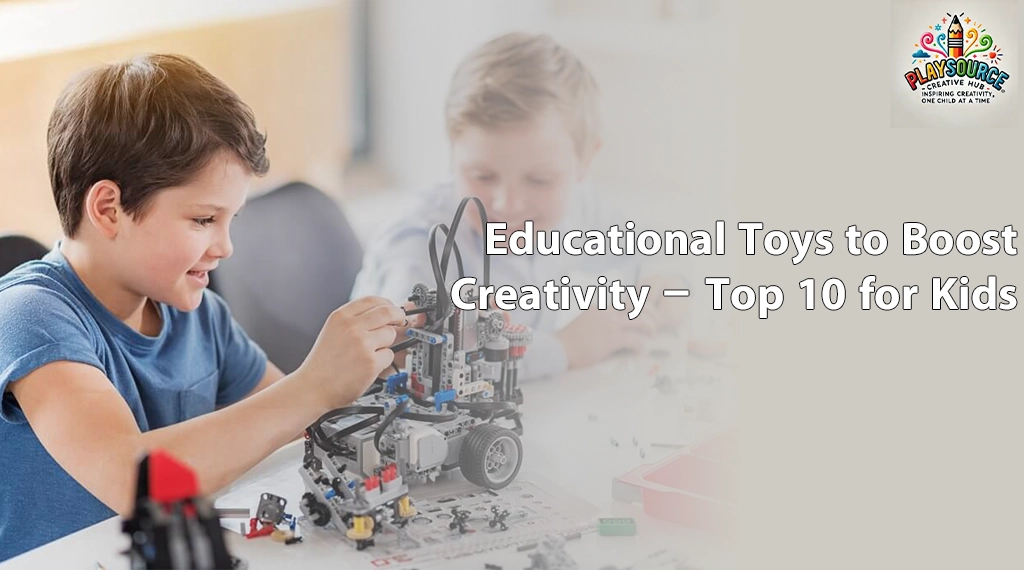Playsourcehome – Active learning helps children develop not just knowledge but also physical skills, focus, and teamwork. Simple DIY obstacle courses offer a fun and effective way to keep kids engaged while they learn. These courses combine play and education in creative ways that can fit almost any indoor or outdoor space. By building your own obstacle course, you also gain the flexibility to adjust it based on your goals.
“Read More: Trampolines Guide: Which Size Is Best?”
Why Active Learning Matters
Simple DIY obstacle courses for active learning build critical thinking and problem-solving abilities. When children move their bodies while solving tasks, they engage more parts of their brain. Therefore, activities that combine physical and mental challenges, such as obstacle courses, reinforce lessons more effectively. Additionally, kids who learn actively tend to stay more motivated and less distracted, which keeps their focus sharp.
Materials You Already Have
You don’t need expensive equipment to set up an obstacle course. Everyday items like chairs, ropes, cushions, buckets, and even cardboard boxes can turn into creative learning stations. With a little imagination, a simple rope becomes a balance beam, and a stack of books becomes a stepping stone. Because most households already have these materials, you can set up the course quickly.
“Read About: Music and Childhood Memories, Nostalgia a Love Story at School”
Indoor and Outdoor Options
Obstacle courses work equally well inside or outside, as long as the space is safe. For small apartments, try low-impact activities like crawling under tables, hopping between cushions, or weaving through chairs. Outdoors, you can add elements like cones, jump ropes, or a sandbox to expand the possibilities. When weather permits, outdoor courses give kids more room to run and climb.
Adding Educational Challenges
You can incorporate academic lessons into your obstacle course easily. Place flashcards at each station, or write math problems kids must solve before moving on. For language learning, try spelling words with letter tiles they collect along the way. This combination of physical effort and mental work keeps children engaged and improves retention. Therefore, the learning sticks much better than with worksheets alone.
Encouraging Teamwork
Obstacle courses also create opportunities for teamwork. Pair kids up to complete challenges together or to cheer each other on. This helps build communication skills and teaches them how to collaborate toward a shared goal. While individual challenges improve focus, group tasks foster social and emotional development as well.
Keeping It Safe and Fun
Safety should always come first when setting up a DIY obstacle course. Make sure all surfaces are clear of sharp objects and that materials won’t slip or collapse. Use soft items whenever possible, and set rules about how to move through each station. Because safety and fun go hand in hand, kids can fully enjoy the experience without unnecessary risk.
Adjusting for Different Ages
You can tailor the difficulty of your obstacle course to fit any age group. For younger children, keep stations simple and closer to the ground. For older kids, introduce more complex tasks or timed challenges. This flexibility makes obstacle courses an excellent activity for mixed-age groups as well. As kids grow, you can increase the complexity to keep them engaged.
Turning Play Into Learning
When children feel like they’re playing, they’re much more open to learning. A DIY obstacle course turns lessons into a game, making learning less intimidating and more enjoyable. As a result, kids stay active, happy, and motivated while building important life skills.



